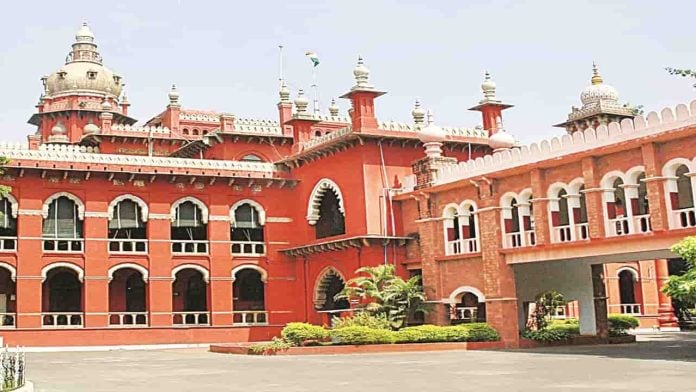The Madras High Court disposed of a Public Interest Litigation (PIL) filed seeking directions against the respondent authorities to earmark the boundaries of the water bodies and water channels, without changing the water course, stream channel and the nature of the archaeological sites and to restrain the respondent authorities from setting up the proposed industrial park causing great destruction to the water channels, archaeological monuments and agricultural lands.
It is submitted that the National Green Tribunal has passed an order directing respondents 7 and 8 (Tamil Nadu Small Industries Development Corporation Limited and its Branch Manager, Kakkalur) not to start the project activities in the land proposed to be assigned to them without getting physical possession of that land and without obtaining necessary clearances or permissions as required under the environmental laws.
It has further directed the Revenue Department to demarcate the boundary of the water channel and odai mentioned in the revenue records and observed that if the land is assigned in favour of respondents 7 and 8, they can start their project after obtaining necessary approvals and clearances.
An affidavit is filed by the eighth respondent stating that the project will be established in the proposed site only after obtaining the land as per law and after obtaining necessary permissions or clearances, if any, required under the environmental laws, including the EIA Notification, 2006.
It is further stated by the eighth respondent that the consent from the TNPCB under the Water (Prevention and Control of Pollution) Act, 1974 and the Air (Prevention and Control of Pollution) Act, 1981 would also be obtained, if required.
The undertaking is given by the eighth respondent that the project would not be commenced unless necessary environmental clearances are obtained under the environmental laws and the consent is obtained from the TNPCB. Naturally, the order of the National Green Tribunal would be required to be complied with before the commencement of the project.
“As far as the contention of counsel for the petitioner with regard to the applications of other parties for grant of patta is concerned, in fact, the public interest litigation would not be maintainable. It is for those persons to maintain the petition. On the one hand, the petitioner seeks directions to earmark the boundaries of water bodies and water channels and, on the other hand, the petitioner cannot be heard to say that the applications of other persons seeking patta are pending. The same would be a contra argument”, the Division Bench of Chief Justice Sanjay V. Gangapurwala and Justice D. Bharatha Chakravarthy observed.


